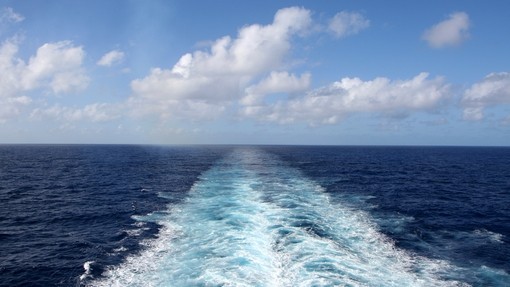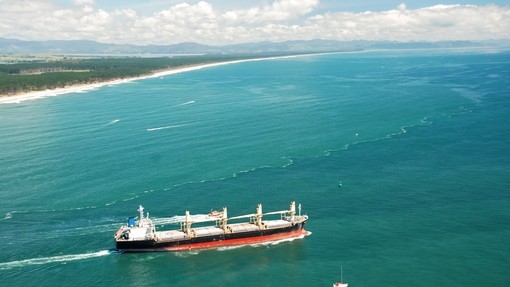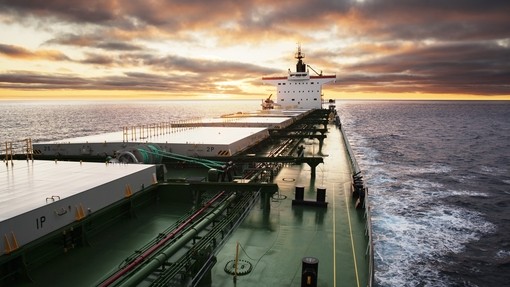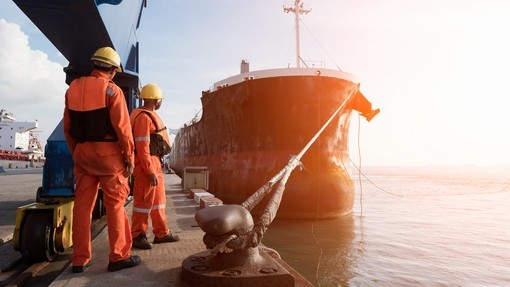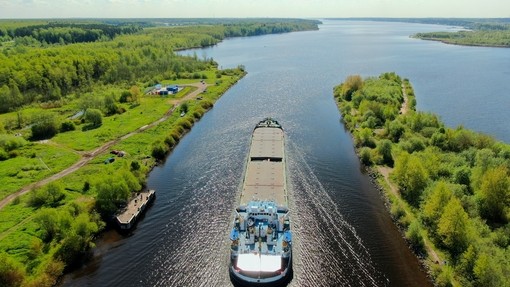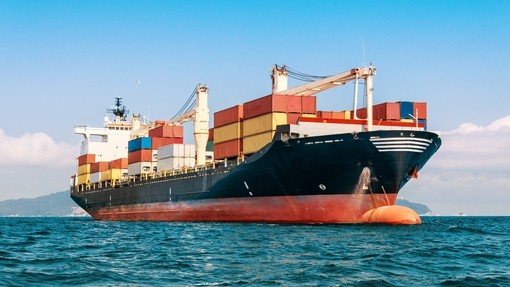The Ocean Victory
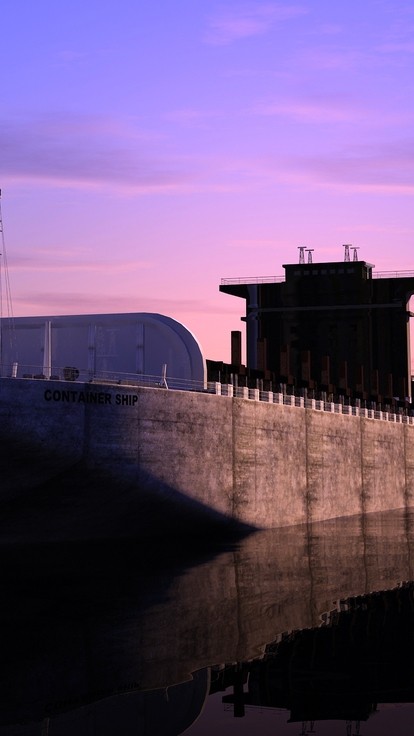
Details
In this much awaited decision, the Supreme Court clarified the ‘unsafe port’ test, the position under clause 12 of Barecon 89 in relation to joint insurance and the charterers’ rights to limit their liability under the 1976 Convention.
The facts
The “OCEAN VICTORY”, a bulk carrier, was owned by Ocean Victory Maritime Inc. and demise chartered to an associated company, Ocean Line Holdings Ltd. Pursuant to clause 12 of an amended Barecon 89, the demise charterers then insured her for the respective rights and interests of themselves and the owners under an agreed value policy for US$70 million. In August 2006, the demise charterers time chartered the vessel to China National Chartering Co Ltd, the intermediate charterer, who sub-time-chartered the vessel to Daiichi Chuo Kisen Kaisha, the charterers. Each charterparty contained a safe port warranty whereby it was undertaken to trade the vessel between safe ports.
In September 2006, the charterers ordered the vessel to Saldanha Bay, South Africa, to load a cargo of iron ore for carriage to Kashima, Japan. She arrived at Kashima on 20 October and berthed at the Raw Materials Quay. She began discharging her cargo but had to stop on 23 October due to strong winds and heavy rain. There was considerable swell, due to a phenomenon known as ‘long waves’ which affected the vessel’s berth, and force nine winds.
Due to the severity of the long waves, the master decided to leave the berth for open water on 24 October. However, while leaving the port through the Kashima Fairway, he subsequently lost control of the vessel due to the strong winds and the vessel was driven back onto the breakwater wall and became a total loss.
The insurers paid for the total loss but one of the insurers, Gard Marine & Energy Ltd (Gard), later took an assignment of the rights of both the owners and demise charterers. Gard commenced proceedings against the intermediate charterers for damages for breach of the safe port warranty, and they then joined the charterers to the proceedings.
The charterers denied there was a breach of the safe port warranty because the conditions on the 24 October 2006 were an abnormal occurrence. The charterers further argued that clause 12 of the demise charter provided for joint insurance without any right of recovery by the owners against the demise charterers, who, in turn, had no liability to pass down the chartering chain to the charterers as they themselves had not suffered any loss.
First instance
Mr Justice Teare held that there was a breach of the safe port warranty. Because each of the weather conditions (the swell from the long waves and a severe northerly gale) were characteristics of the port individually, they were therefore not to be characterised as an abnormal occurrence when they occurred concurrently, even though this phenomenon had never been encountered previously. Teare J also held that the joint names insurance did not confer immunity upon the demise charterers for loss caused by breach of the safe port warranty. The demise charterers had therefore suffered a loss which could be recovered from the intermediate charterers and by them from the charterers.
The Court of Appeal
The Court of Appeal set aside the first instance judgment and held that there was no breach of the safe port warranty. Although it was accepted that it was not uncommon for the port to experience the two weather conditions separately, they had never before been encountered simultaneously in the port’s 35 year history and this, coupled with the fact that they occurred very suddenly, made the conditions unexpected and abnormal events. As such, the Court ruled that the charterers should not assume responsibility for them.
In relation to the joint names insurance, the Court ruled that, regardless of whether or not they were in breach of the safe port rule, the charterers were under no liability to the owners for the breach because the owners had agreed to look to the insurance proceeds rather than to the demise charterers for compensation.
The Supreme Court
The Court of Appeal judgment was appealed on three grounds:
- The safe port issue: whether, as a matter of law in the circumstances, there was a breach of the safe port warranty
- The recoverability issue: whether clause 12 of Barecon 89 precluded the rights of subrogation of hull insurers and the rights of owners from recovering damages against the demise charterers for breach of the safe port warranty, and
- Was Daiichi entitled to limit its liability for Gard’s losses or any of them as against Sinochart (and them in turn against Gard) pursuant to section 185 and Schedule 7 article 2(1) of the Merchant Shipping Act 1995.
The safe port issue
The appeal on this issue was unanimously dismissed. It was common ground between the parties that the charterers would not be in breach of the safe port warranty if the damage sustained by the vessel was caused by ‘abnormal occurrences’, as set out in The Eastern City [1958] 2 Lloyd’s Rep 127, 131. The Supreme Court stated that ‘abnormal occurrence’ had its ordinary meaning and it cited a number of cases including The Stork [1955] 2 QB 68, 105 whose judgments provided guidance on determining what constituted an abnormal occurrence.
The Court concluded that the date for judging breach of the safe port promise was the date of nomination of the port; the promise was not a continuing warranty. The question was whether a reasonable shipowner in the position of the particular shipowner trading the ship for his own account and knowing the relevant facts would proceed to the nominated port. If the answer was ‘yes unless there is an abnormal occurrence’, the port was prospectively safe. In a case where the vessel suffered loss or damage, a second question arose, namely whether there was a damage caused by an abnormal occurrence, abnormal occurrence being something ‘well removed from the normal’, ‘out of the ordinary course and unexpected’.
The charterers were not insurers of unexpected and abnormal risks. On the contrary, the charterparty specifically required the owners to take out hull insurance for eventualities such as this and the charterers could not be held accountable for every adverse eventuality that occurred at each port of nomination. The Court clarified that, just because an event was theoretically foreseeable, this did not make it a normal or expected circumstance and this was not the test to be used when determining the normality of the incident.
The Court reaffirmed the Court of Appeal’s view that the integral point was not that each adverse weather condition individually was common enough to make it a feature of the port, but that the combination of these two circumstances had never before been encountered. By this reasoning, the event was abnormal. At first instance, Tear J should have considered the past frequency of both events occurring together, and the likeliness of them occurring together in the future.
Given the Court’s ruling on the first issue, it was unnecessary to consider the other two. However, the Court did so, recognising that they posed questions of general importance.
Joint insurance
Assuming the charterers had breached the safe port warranty, Gard argued that, pursuant to clause 12 of Barecon 89 terms, they were able to recover the insured value of the vessel from the time charterers as the demise charterer’s assignee on the basis that the demise charterer was liable to the owners for breach of its safe port undertaking, and was therefore entitled to recover the same sum from the time charterer.
The appeal on this issue was dismissed by a 3:2 majority (with Lord Clarke and Lord Sumption dissenting). Clause 12 precluded such a claim.
Lord Mance stated that the scheme of clause 12 (and 13) was clearly intended to be comprehensive. Whatever the causes, both repairs and total losses fell to be dealt with in accordance with its terms, rather than by litigation to establish who might otherwise be responsible for undertaking them, for bearing the risk of their occurrence or for making them good. It was well established that where it was agreed that insurance should inure to the benefit of both parties to a venture, the parties could not claim against each other in respect of an insured loss.
Limitation of liability
It was unanimously held that charterers would not be entitled to limit their liability against owners under the Convention on Limitation of Liability for Maritime Claims 1976 in the circumstances, although the regime expressly brought charterers within the group of parties entitled to limit their liability for maritime casualties against third parties.
This point was previously considered by the Court of Appeal in The CMA Djakarta [2004] whose decision the Supreme Court endorsed.
Lord Clarke agreed with Gard’s argument that the expression ‘loss of or damage to property… in direct connection with the operation of the ship’, did not envisage that this limitation would encompass losses arising from damage to the vessel itself.
Comment
The unanimous decision of the Supreme Court on the unsafe port issue sets out three criteria in clear terms:
- The date for judging breach of the safe port promise is the date of nomination of the port. A safe port promise is not a continuing warranty.
- The promise is a prediction about safety when the ship arrives in the future.
- Safe port disputes should be reasonably straightforward. Was the danger an abnormal occurrence, that is, something rare and unexpected, or was it something which was normal for the particular port for the particular ship’s visit at the particular time of the year?
This clarification is of benefit to both owners and charterers.
On the question of whether the claim is precluded under the terms of the bareboat charter regime, the majority decision means that the party causing the loss (in this case the sub-charterer had the port been found unsafe) escapes liability. Whether that will apply to other contract wording remains to be seen. Counsel for Gard (who had not appeared previously) considered that there were other ways in which the case on this issue could be argued if he were not restricted to what had been argued in the Court of Appeal.
The unanimous decision that charterers do not have the right to limit liability is also helpful clarification.
This article originally appeared in the May 2017 edition of shipping case digest. Other articles include:
Arthur Aldcroft -v- The International Cotton Association Limited [2017] EWHC 642 (Comm)
Eastern European Engineering Ltd -v- Vijay Construction (Proprietary) Ltd [2017] EWHC 797 (Comm)
Volcafe & others -v- CSAV: permission to appeal granted by the Supreme Court

